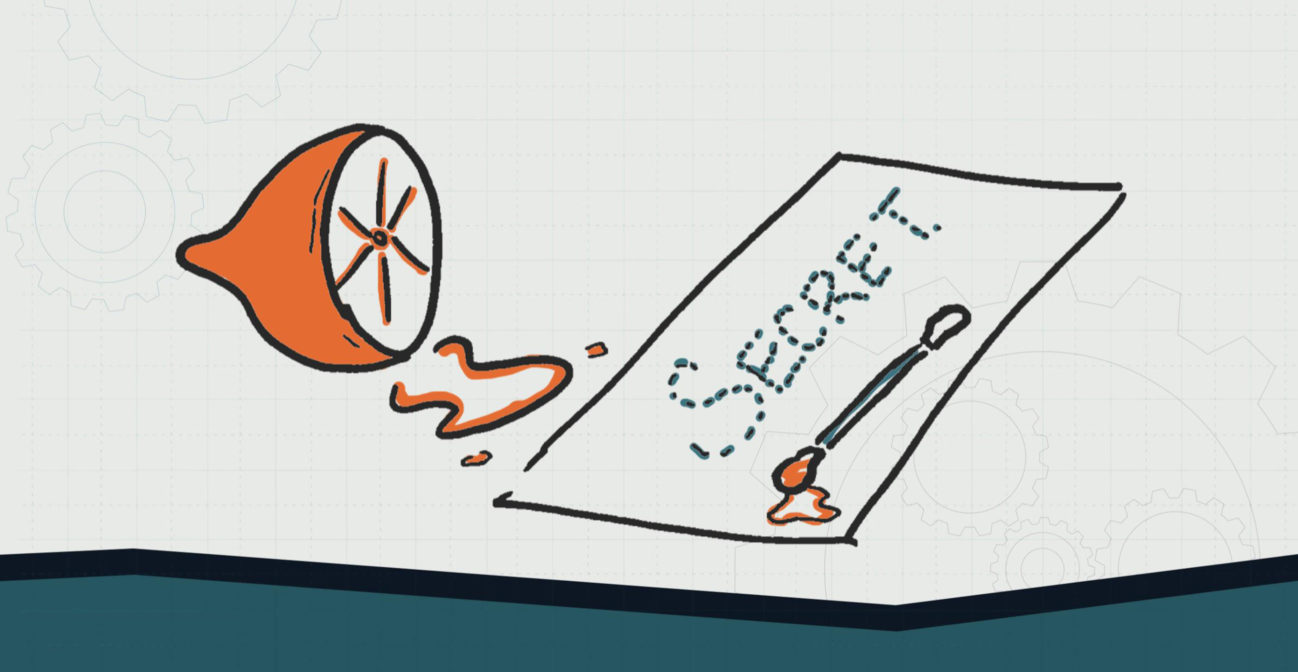Join us for conversations that inspire, recognize, and encourage innovation and best practices in the education profession.
Available on Apple Podcasts, Spotify, Google Podcasts, and more.

ELEMENTARY SCHOOL – LEVEL 2
Invisible ink is a form of steganography, the practice of concealing a message inside of another file or format. There are many forms of invisible ink that have been utilized over the years, but one of the most basic is lemon juice. When applied to paper, lemon juice dries leaving no trace. By applying heat to the paper, you can make the lemon juice change color, becoming visible to the naked eye.
MATERIALS NEEDED:
❏ Lemon juice
❏ Cotton swab
❏ Paper
❏ Cutting board
❏ Oven mitt
❏ Heat source (lamp, hairdryer, hot plate)
DIRECTIONS:
OBJECTIVE: Students will be able to explore various thermal changes and argue from evidence that some are reversible while others are not.
ESSENTIAL QUESTION(S):
NGSS CONNECTION:
2-PS1-4. Construct an argument with evidence that some changes caused by heating or cooling can be reversed and some cannot.
COMMON CORE CONNECTION:
ELA/Literacy
RI.2.1 Ask and answer such questions as who, what, where, when, why, and how to demonstrate understanding of key details in a text or the experience.
RI.2.3 Describe the connection between a series of historical events, scientific ideas or concepts, or steps in technical procedures. When was invisible ink used in history?
RI.2.8 Describe how reasons support specific points the author makes in a text.
W.2.1 Write opinion pieces in which they introduce the topic or book they are writing about, state an opinion, supply reasons that support the opinion, use linking words (e.g., because, and, also) to connect opinion and reasons, and provide a concluding statement or section.
DOK:
Level 3: Strategic Thinking